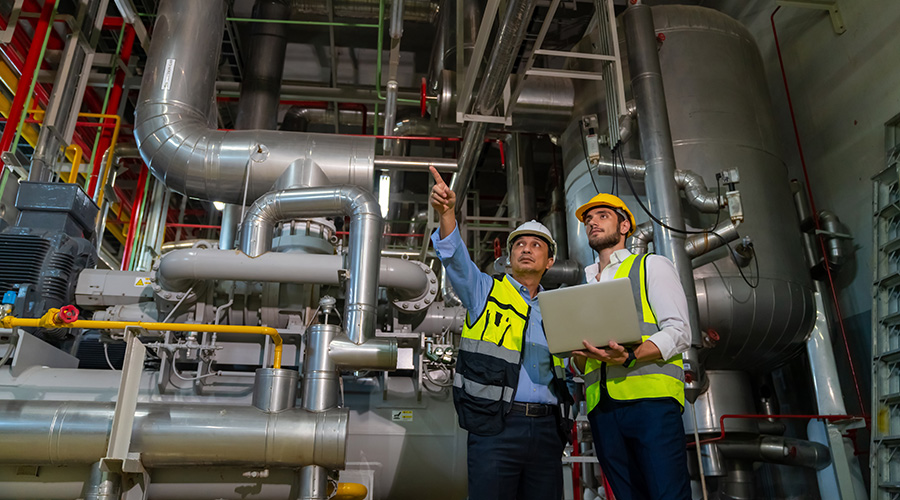Dilute, Filter and Separate for Good IAQ
March 7, 2014
Good indoor air quality is a three-prong approach: dilute, filter and separate.
The dilution part involves bringing in fresh, ostensibly cleaner, outside air. This volume of air serves to dilute the concentration on indoor air contaminants. Care should be taken that air intakes are not situated in such a way as to suck air pollutants into the facility, such as being located too near where vehicles idle. A balance must also be struck between brining in fresh air and the energy required to condition that incoming air. Facility managers can reference ASHRAE Standard 62.1, Ventilation for Acceptable Indoor Air Quality, which includes guidance on MERV ratings for filters, exhaust requirements, humidification systems and more.
The filtering part involves selecting the proper filters with an appropriate MERV rating for the facility and HVAC system. In addition, good filter maintenance must be observed with filters changed out or cleaned in a timely fashion. In as much as filters are keeping contaminants out of a facility, facility managers can also group product selection with an eye towards IAQ in this prong. Instead of trying to deal with trying to mechanically purge VOCs and other contaminants out of a facility, facility managers can instead opt to never bring them into the facility in the first place. The interiors products market has a wide range of low or no VOC emitting products available, from paints to adhesives, flooring to furnishings. Third party certifications, such as Green Seal, help to validate a products IAQ claims.
Many facilities will still have some sources of indoor air pollution that can't readily be avoided. These might include high-volume printers or certain chemicals. These should be separated as much as possible from the general occupied areas of the facility with floor to ceiling walls or a hard-lid ceiling to contain fumes. An exhaust system should ventilate the enclosed space to the outdoors.
Next
Read next on FacilitiesNet







